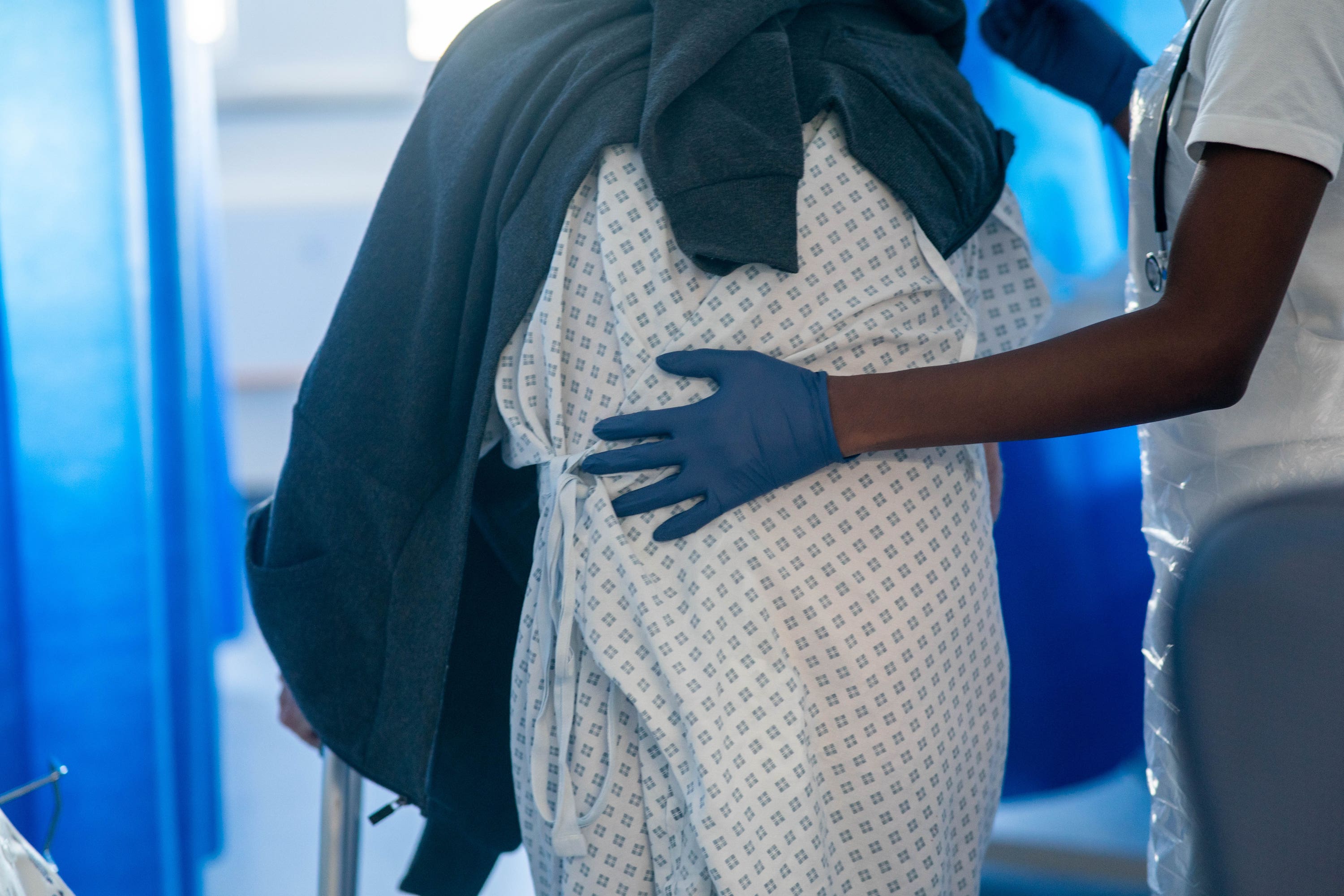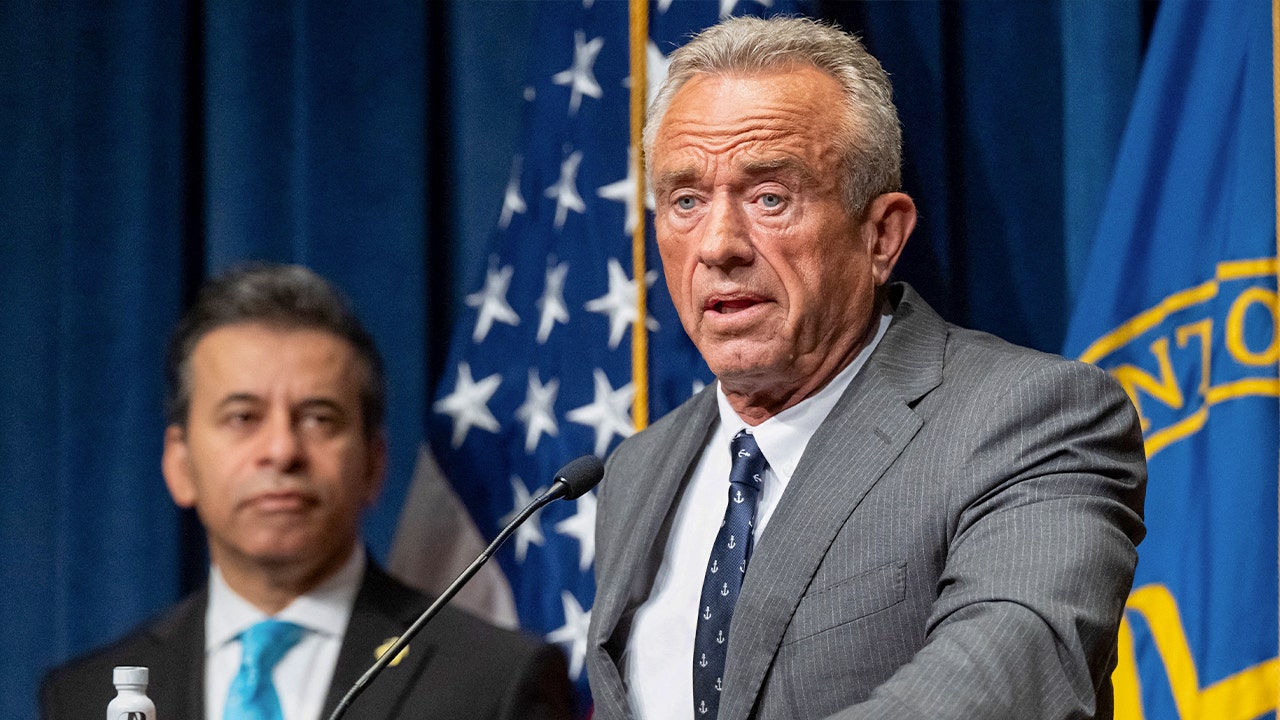Rising obesity rates will see cases of liver cancer double by 2050, study warns

The number of cases of liver cancer are set to double by 2050, academics have said.
The rising cases of obesity are partly to blame.
The proportion of cases of liver cancer linked to obesity are set to increase from 5 per cent to 11 per cent, a group of experts has said.
They also called for more to be done to tackle preventable cases from occurring in the first place.
The number of new liver cancers around the world will rise from 0.87 million in 2022 to 1.52 million in 2050, according to projections published as part of a new Lancet Commission on Liver Cancer paper.
Researchers said that the proportion of liver cancers caused by the most common cause of liver cancer – the hepatitis B virus – are set to reduce over the coming years.
Cases caused by the hepatitis C virus are also expected to decline proportionately.
But in contrast, liver cancer cases caused by alcohol and obesity are set to increase.
Experts predicted that by 2050 some 21 per cent of liver cancers will be caused by alcohol.
And 11 per cent will be caused by a severe form of metabolic dysfunction-associated steatotic liver disease (MASLD) – formerly known as fatty liver disease, where fat builds up in a person’s liver.
The severe form of this condition is called metabolic dysfunction-associated steatohepatitis.
The research team point out that 60 per cent of liver cancers are preventable.
They said that global deaths from liver cancer are expected to rise from 760,000 in 2022 to 1.37 million in 2050.
“These data suggest that preventive measures targeting a comprehensive number of risk factors for hepatocellular carcinoma are sorely needed,” the team of experts led by academics in Hong Kong wrote.

The main treatment for MASLD is eating a balanced diet, being physically active and potentially losing weight.
“Liver cancer is a growing health issue around the world,” said Professor Jian Zhou, chairman of the Commission from Fudan University in China.
“It is one of the most challenging cancers to treat, with five-year survival rates ranging from approximately 5 per cent to 30 per cent.
“We risk seeing close to a doubling of cases and deaths from liver cancer over the next quarter of a century without urgent action to reverse this trend.”
First author, Professor Stephen Chan, from the Chinese University of Hong Kong, added: “As three in five cases of liver cancer are linked to preventable risk factors, mostly viral hepatitis, alcohol and obesity, there is a huge opportunity for countries to target these risk factors, prevent cases of liver cancer and save lives.”
Commenting on the study, Pamela Healy, chief executive of the British Liver Trust, said: “Liver cancer is the fastest rising cause of cancer death in the UK, and just 13 per cent of people diagnosed will survive for five years or more.
“We know that the biggest risk factors are having pre-existing liver cirrhosis or viral hepatitis, and this new analysis highlights that MASLD, also known as fatty liver disease, is expected to be linked to an increasing number of cases.
“As well as improving early detection through surveillance of people with cirrhosis, it is essential that we tackle these underlying causes and prioritise public health.
“By supporting people to maintain a healthy weight, cut down on alcohol and get tested and treated for hepatitis, we can prevent many cases of liver cancer and save lives.”
In 2022, some 64 per cent of adults in England were estimated to be overweight or living with obesity.
[title_words_as_hashtags




